-

+86-577-57156888
-

-

+86-577-57155869
-

11th Floor, Building 6, Headquarters Economic Park, Yueqing, Zhejiang, China
Three-Phase Motor Soft Starter: Combating Voltage Fluctuations and Phase Loss
Industry News-Unexpected challenges such as voltage instability and sudden phase loss often affect industrial operations, and these issues can damage motors or interrupt workflows if not addressed properly. For this reason, many facilities turn to a three-phase motor soft starter equipped with a built-in bypass soft starter function to maintain performance stability while protecting equipment. The ZR600 series, for instance, reflects how advanced motor control design can help industries handle these concerns with both safety and efficiency in mind.
Addressing Voltage Fluctuations in Motor Systems
Voltage fluctuations can occur due to grid instability, heavy machinery starting simultaneously, or unpredictable loads in the system. When voltage drops or spikes, motors may experience excessive heat, reduced torque, or unexpected shutdowns.Three-phase motor soft starters help reduce these effects by gradually controlling the voltage supplied to the motor during startup and shutdown. This method reduces the sudden inrush current that can amplify fluctuations and stress electrical components.
By applying multi-loop control technology, soft starters monitor electrical conditions continuously. When combined with built-in bypass designs, the device shifts operations smoothly after startup, ensuring that the motor runs directly on the mains while the starter maintains its protection functions in the background. This feature is particularly beneficial in facilities where consistent power quality is not always guaranteed.
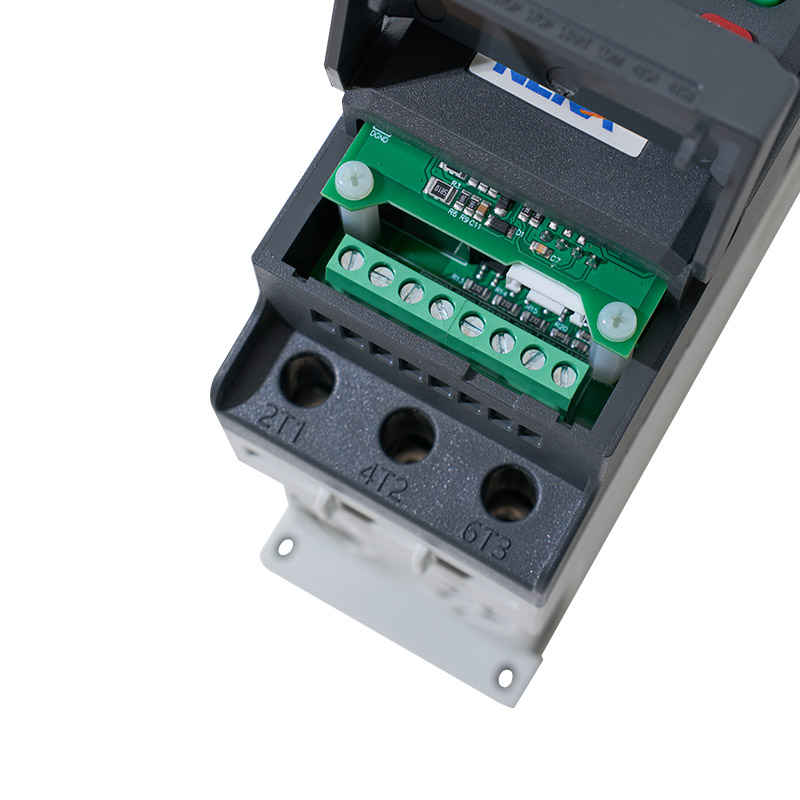
The Role of Built-In Bypass Technology
Traditional soft starters without bypass capability may continue to manage current flow throughout operation, which can generate additional heat and consume unnecessary energy. The built-in bypass soft starter addresses this by allowing the motor to run directly on the power supply once it reaches full speed. While this reduces the burden on the starter, it also extends its service life by limiting the period during which high currents pass through its components.
For industries, this translates into lower operating temperatures inside control panels, decreased maintenance needs, and fewer concerns about overheating. It also simplifies system design since external bypass contactors are not required, streamlining installation and saving space in electrical enclosures.
Protection Against Phase Loss Events
Phase loss is one of the more damaging electrical issues in three-phase systems. If a motor continues to run while missing one phase, it can quickly overheat and sustain mechanical stress. Advanced soft starters incorporate phase monitoring functions that detect such imbalances early. When a loss occurs, the device intervenes by shutting down the motor or issuing alerts to operators, preventing long-term damage.
The built-in protection functions work in real-time, making the starter more than just a tool for smooth motor operation. It becomes a safeguard for critical equipment in industries such as metallurgy, water treatment, petrochemicals, and manufacturing lines, where downtime can have widespread consequences.
Enhancing Efficiency and Reducing Stress on Systems
One of the practical advantages of using a soft starter is the reduced mechanical stress it places on pumps, fans, conveyors, and compressors during startup. Sudden acceleration often leads to wear on couplings, belts, and bearings. With controlled ramp-up and ramp-down functions, soft starters allow smoother engagement, extending the lifespan of both motors and connected equipment.
The built-in bypass function complements this process by reducing unnecessary energy consumption once the motor is running steadily. This combination of smooth starting and efficient operation creates a balance between performance and long-term system stability, particularly in facilities that run motors for extended hours each day.
Practical Considerations for Users
When selecting a three-phase motor soft starter, users often compare it with traditional methods like star-delta or autotransformer starters. While these older methods are effective to some extent, they cannot match the flexibility of soft starters when it comes to voltage control and protection features. The ability to integrate bypass functionality without additional hardware further makes the installation process more straightforward and cost-effective.
For facility managers, understanding these technical distinctions helps in making informed investment decisions. Choosing a device that not only starts motors smoothly but also shields them from voltage fluctuations and phase loss means fewer unexpected breakdowns and less downtime.
A Tool for Modern Industrial Needs
In today’s industries, where energy efficiency, equipment longevity, and process continuity are crucial, devices like the ZR600 three-phase motor soft starter offer a practical way to manage electrical challenges. Its design combines soft start control, built-in bypass capability, and protective functions in one unit, addressing both operational and safety needs.
 English
English 中文简体
中文简体 عربى
عربى
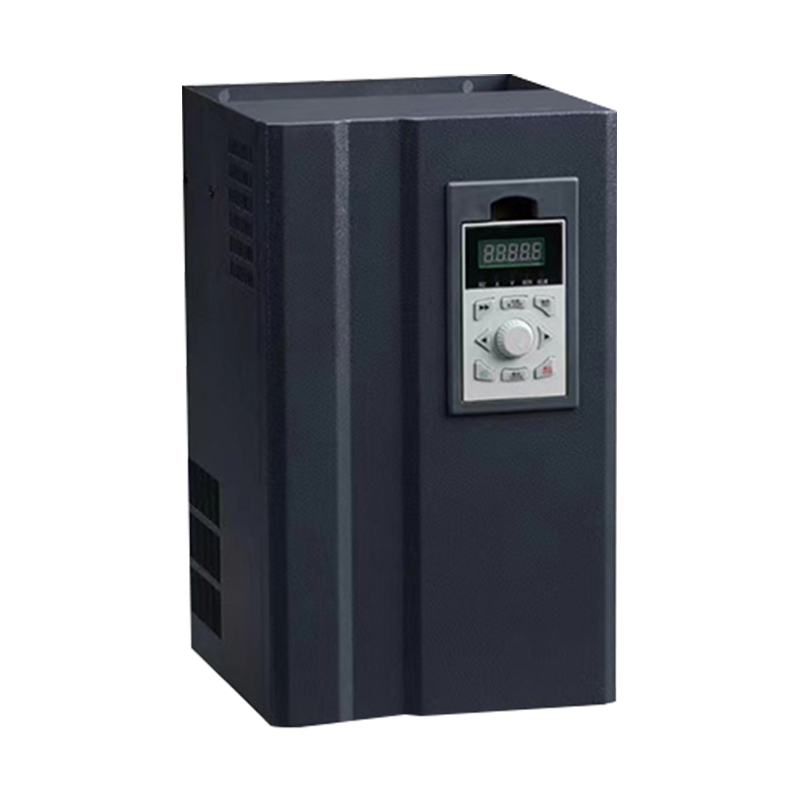
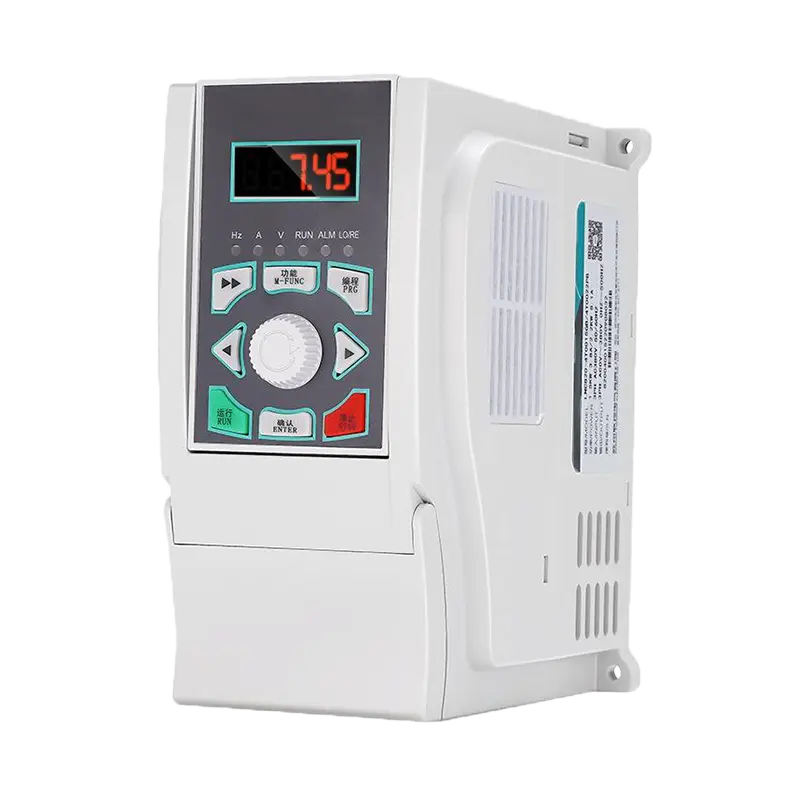
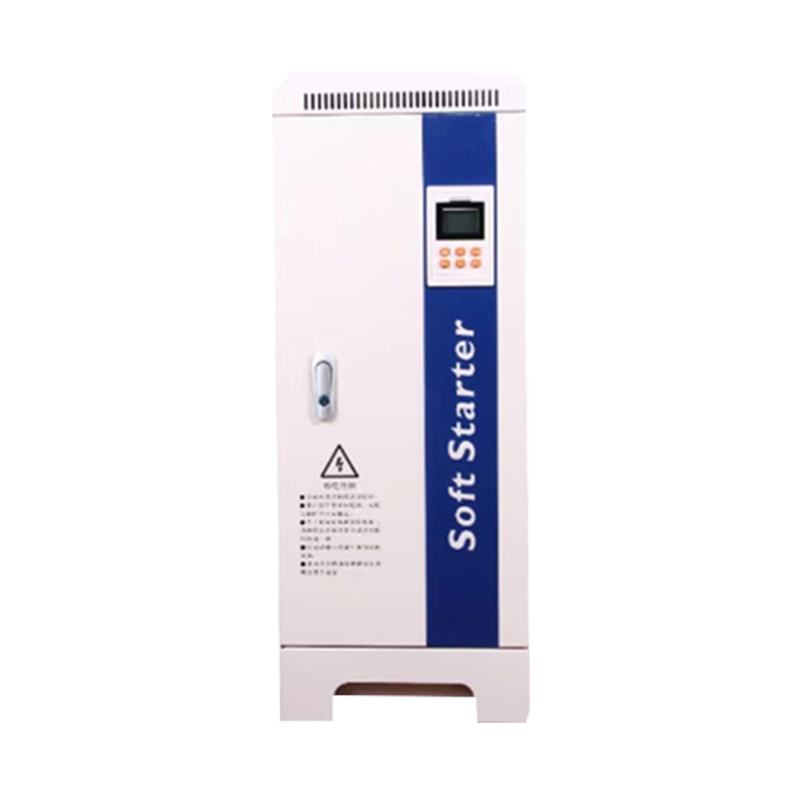
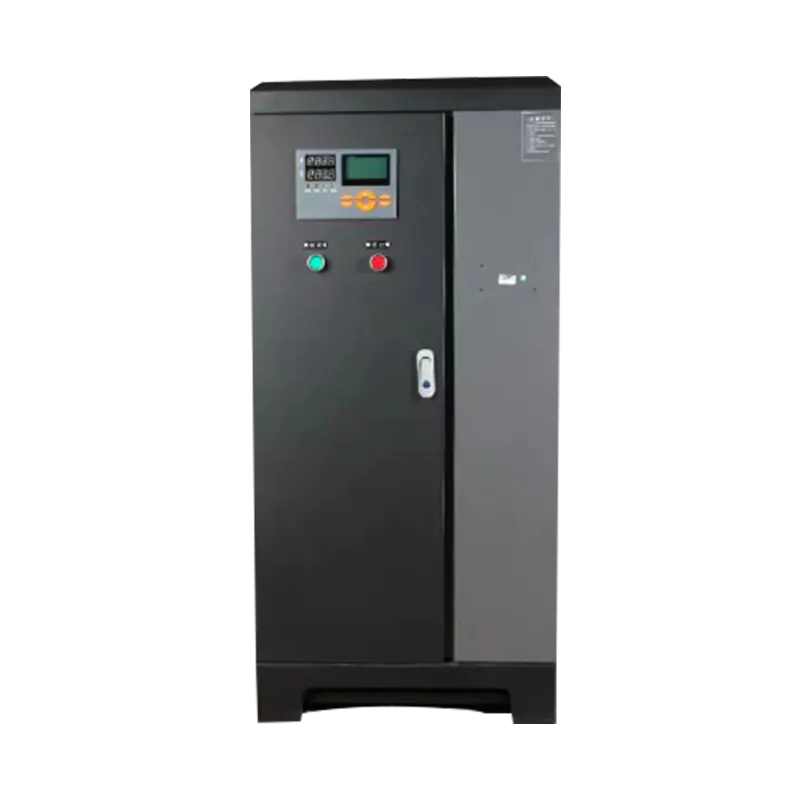

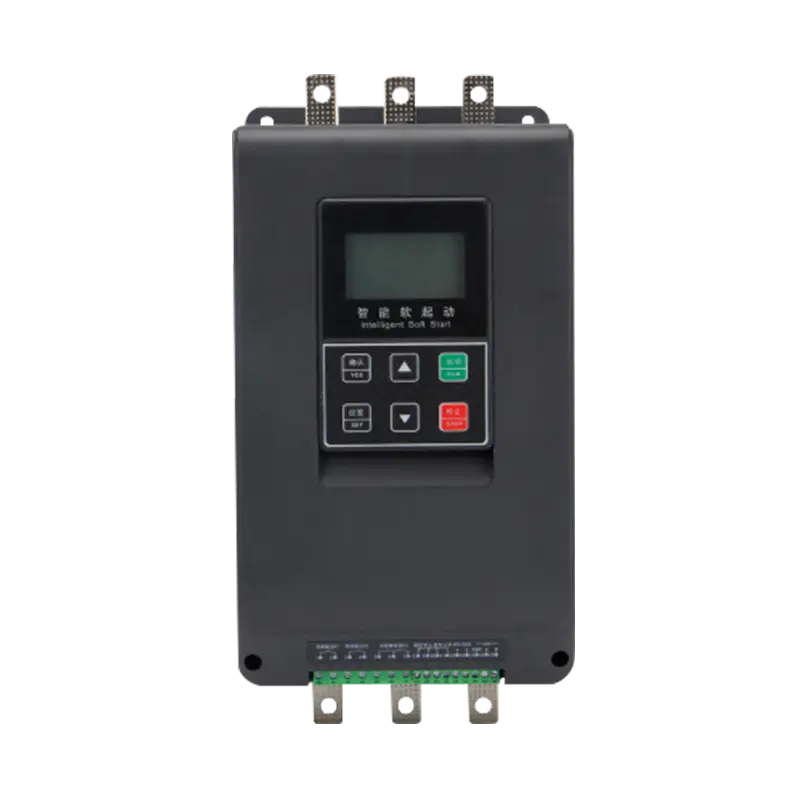

 浙公网安备33038202003754号
浙公网安备33038202003754号